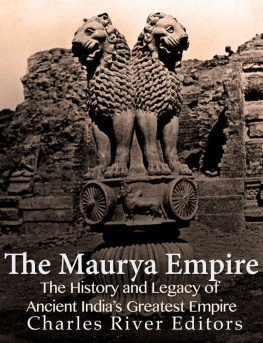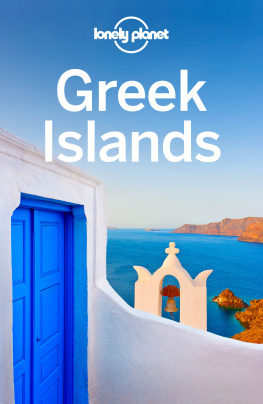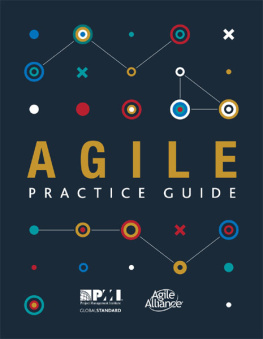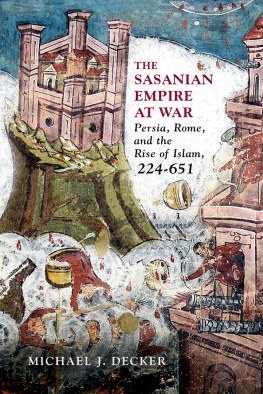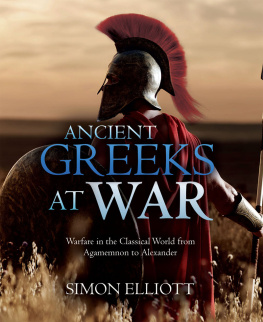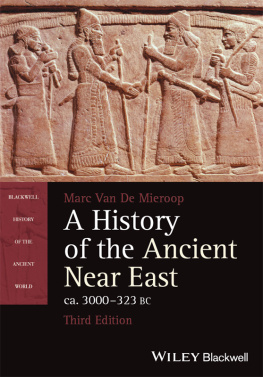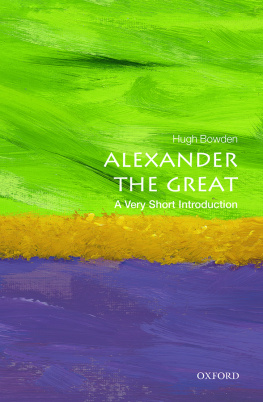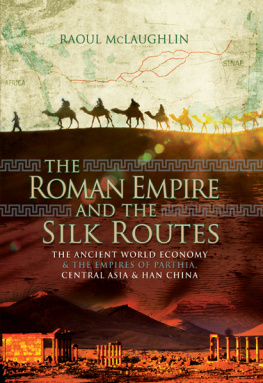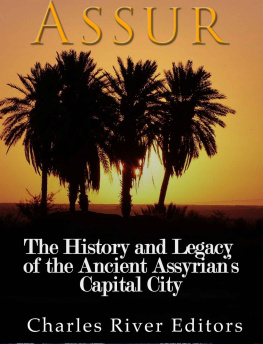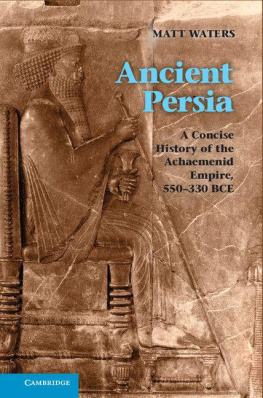coll. - The Maurya Empire: The History and Legacy of Ancient India’s Greatest Empire
Here you can read online coll. - The Maurya Empire: The History and Legacy of Ancient India’s Greatest Empire full text of the book (entire story) in english for free. Download pdf and epub, get meaning, cover and reviews about this ebook. year: 2017, publisher: CreateSpace IPP, genre: History. Description of the work, (preface) as well as reviews are available. Best literature library LitArk.com created for fans of good reading and offers a wide selection of genres:
Romance novel
Science fiction
Adventure
Detective
Science
History
Home and family
Prose
Art
Politics
Computer
Non-fiction
Religion
Business
Children
Humor
Choose a favorite category and find really read worthwhile books. Enjoy immersion in the world of imagination, feel the emotions of the characters or learn something new for yourself, make an fascinating discovery.
The Maurya Empire: The History and Legacy of Ancient India’s Greatest Empire: summary, description and annotation
We offer to read an annotation, description, summary or preface (depends on what the author of the book "The Maurya Empire: The History and Legacy of Ancient India’s Greatest Empire" wrote himself). If you haven't found the necessary information about the book — write in the comments, we will try to find it.
*Includes ancient accounts describing the empire and its rulers
*Includes online resources and a bibliography for further reading
During the last centuries of the first millennium BCE, most of the Mediterranean basin and the Near East were either directly or indirectly under the influence of Hellenism. The Greeks spread their ideas to Egypt, Mesopotamia, and Persia and attempted to unify all of the peoples of those regions under one government. Although some of the Hellenistic kingdoms proved to be powerful in their own rights especially Ptolemaic Egypt and the Seleucid Empire, which encompassed all of Mesopotamia, most of the Levant, and much of Persia during its height no single kingdom ever proved to be dominant. The Hellenic kingdoms battled each other for supremacy and even attempted to claim new lands, especially to the east, past the Indus River in lands that the Greeks referred to generally as India. But as the Hellenistic Greeks turned their eyes to the riches of India, a dynasty came to power that put most of the Indian subcontinent under the rule of one king.
The dynasty that came to power in the late fourth century BCE is known today as the Mauryan Dynasty, and although the ruling family was short-lived and their power was ephemeral, its influence resonated for several subsequent centuries and spread as far east as China and into the Hellenistic west. Through relentless warfare and violent machinations, the Mauryans were able to take a land that was full of disparate and often warring ethnic groups, religions, and castes and meld it into a reasonably cohesive empire. After establishing the empire, subsequent kings were able to focus their attentions on raising the living standards of their people. One particular Mauryan king, Ashoka, embarked on several ambitious public works projects and promoted the tenets of Buddhism. Due to its influence on religion and what many believe was the worlds first attempt by a government to legitimately acknowledge human rights, the Maurya Empire continues to be a source of interest and inspiration today.
The Maurya Empire: The History and Legacy of Ancient Indias Greatest Empire looks at one of antiquitys most interesting empires. Along with pictures depicting important people, places, and events, you will learn about the Mauryans like never before.
coll.: author's other books
Who wrote The Maurya Empire: The History and Legacy of Ancient India’s Greatest Empire? Find out the surname, the name of the author of the book and a list of all author's works by series.

